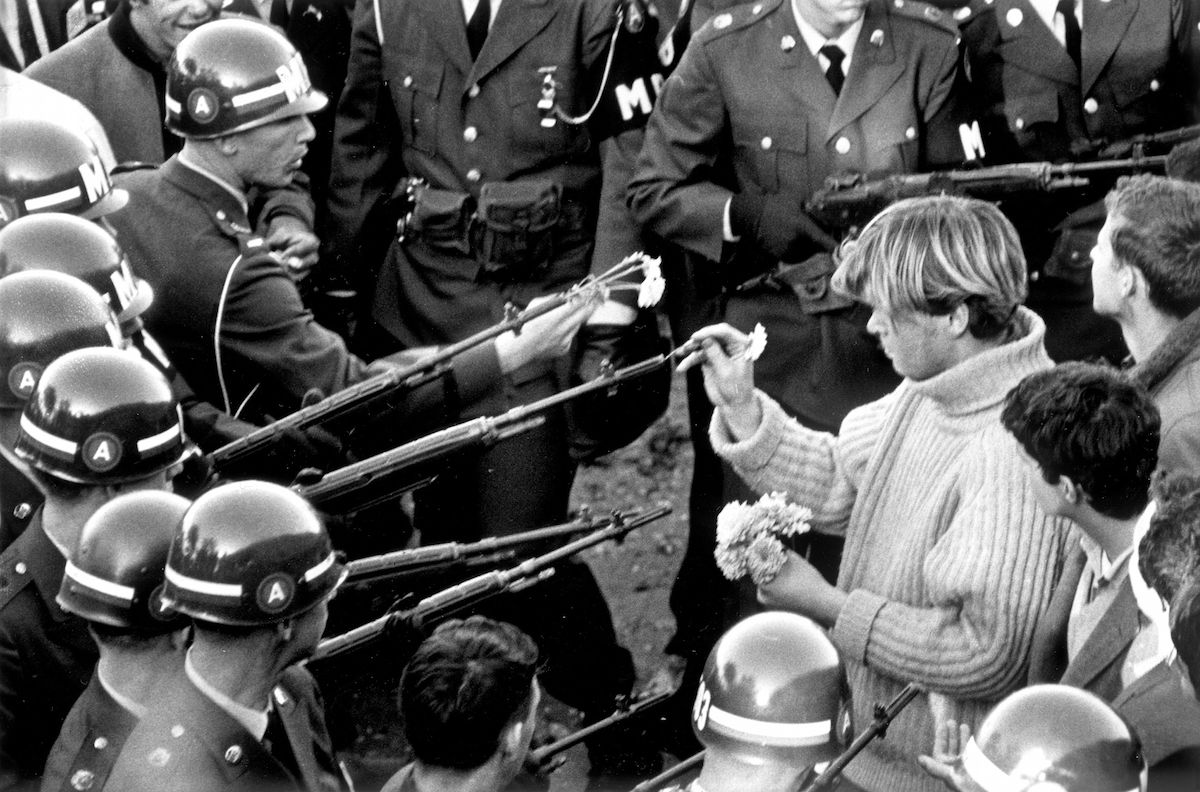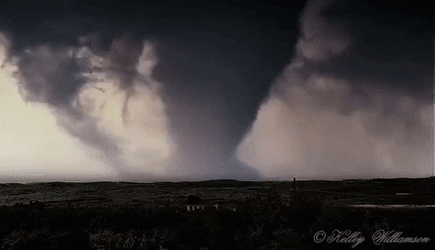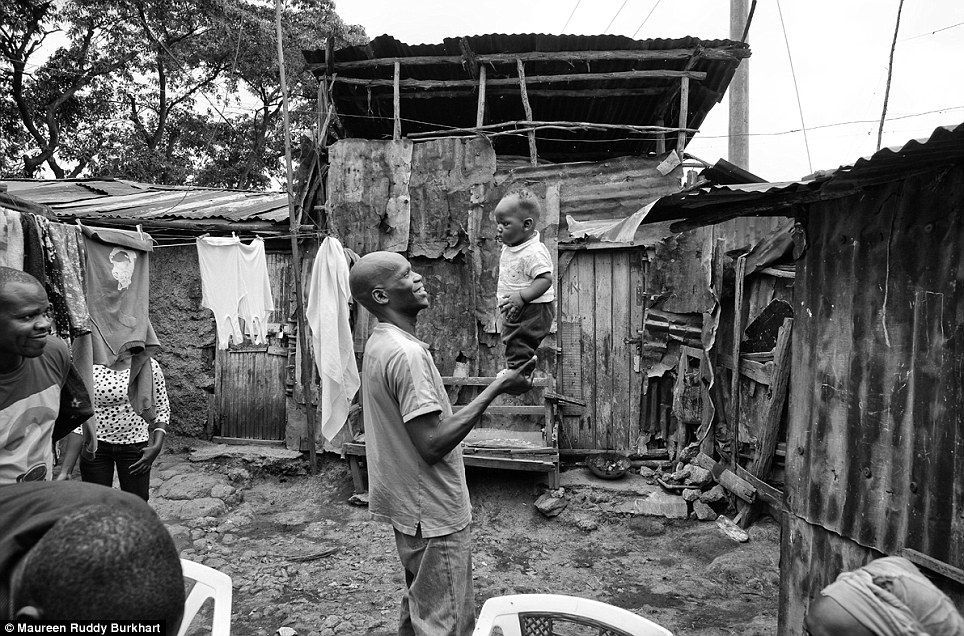Voices from the Community - Designing a New World: The Call for Interdisciplinary Collaboration
Throughout the course of history, there have been single events that have altered the world so radically that life before and after that moment in time and space became incomprehensible to the generations of people who lived before the event took place and those that followed.

Kassie Paschke describes herself as a generalist exploring the bridge between tech and altruism. She writes here about complexity, chaos, and interdisciplinarity within the Ethereum Community.
Want to help more people learn about your piece of the Ethereum puzzle? Please get in touch if you’ve got something Ethereum-related that you think would be a great addition to this blog.

The flicker of light that gave us electricity. The assassin's bullet that tore through J.F. Kennedy. The heartbeat that signalled the first successful human-to-human heart transplant. The great wave that washed over Asia and swallowed islands whole. The 2008 Financial Crash and Satoshi Nakamoto's white paper that serendipitously followed.
Moments of unpredictable singularity have become one of the hallmark features of what Science has come to define as "Chaos." And where the enquiry and discipline behind "Complexity Science" has risen to offer a flexible framework with which to help us along our process of attempting to understand the phenomena that don't fit into traditional deterministic and reductionist square boxes.
While our everyday experiences at face value seem to indicate volatility and discombobulation, studying the subtle and nuanced relationships between simplicity and complexity; and between orderliness and randomness - we can begin to see the emerging patterns that unify the mechanisms of seemingly disparate systems and link everyday experiences to the laws of nature.

We have come to learn that the mediums through which revolutions, epidemics, migrations and economic collapses are channeled generally share common denominators. And that the manners in which agents (people) exert systemic changes through their relationships and interactions with each other can teach us really important lessons concerning the ways that ideas, innovations, violence and technologies are spread.
Add to that, the multi-dimensional approach to studying the inexplicable nature of consciousness, intelligence and emotion. Wow! All of a sudden, we're able to generate all-encompassing insights into social regularities and irregularities that previously weren't plausible. These insights gain an entirely elevated application of value when applied to the fields now formalized as: Cryptoeconomics and Token Engineering.

Where the 2008 Financial Crash taught us (in a devastating way) the unfortunate truth that centralized institutions such as governments and banks cannot be trusted to hold those who are dependent on their economic systems' best interests at heart...
Satoshi's paper detailed a radical alternative: a peer-to-peer electronic cash system that negated the need for centralized institutions to facilitate (and thus charge for and hold dictatorial power over) financial transactional exchange. Power back to the people in its most powerful and practical form.
Enter: Bitcoin → Enter: Ethereum → Enter: Cryptoeconomics → Enter: Incentive design mechanisms → Enter: Token Engineering.
A historical moment of social, political, economic and technological singularity.
However, as a community formulated entirely around the ideal of a decentralized future providing access to resource and the opportunity for democratic governance in a manner dedicated to the promotion of fairness and equality - we have an even greater obligation to be mindful of the methods by which we hope to achieve this goal. As well as the responsibility to continuously evaluate our motives and biases.

Offering the world the "Hope" of an alternative is not an undertaking to be taken lightly. Like weather systems, economic systems are complex. One small change and the system takes on an entirely different shape. Which, like the 2008 Financial Crash, can exert devastating effects bearing consequence on the quality of human lives. As far as possible, we need to make sure that, despite good intentions, the alternative we're offering is not a mere root-copy of the originally flawed system disguised by the illusion of self-organizing governance and fairly distributed economic reform.
We also need to consider that there are many questions within economic design that can't be answered by a single discipline and that:
"When isolated, even the most innovative of ideas are limited in their application."
Bearing this in mind, one of the major objectives of Complex Science is to promote diversity and bridge departmental boundaries so that difficult problems can be solved collaboratively and assumptions validated or invalidated radically.

Warren Weaver, in his 1947 analysis of lessons learnt post-war, further illustrates the need for interdisciplinary collaboration by observing that when crucial but complex problems involving strategy and tactic needed to be solved under the pressure of war, the teams that solved these most efficiently were teams that included representatives from a variety of fields in scientific and social sciences. Concerning these teams, he wrote:
"(they) pooled their resources and focused all their different insights on common problems. In spite of modern tendencies toward intense specialization, members of such diverse groups could work together and form a unit much greater than the mere sum of its parts. They could tackle certain problems of organized complexity and get useful answers."
And so what remains is the goal of bringing together a Community dedicated to seeing the bigger picture in all circumstances and who are ready and willing to display an openness to embracing diversity. In this way, perhaps we'll be able to find ways of linking the past with the present to build a better future equipped with a powerful set of principles for understanding the World and the forces that drive it. Along with a set of tools that will enable us to design social and economic systems that, in every way, truly do promote fairness and equality.

Community
Note from the author: I first sat down to write this article in December 2019, completely oblivious to the impending global disruption about to occur as a result of the COVID-19 outbreak. The basis by which public health, economic and social systems are interconnected are more apparent than ever. The conviction emphasizing the pressing need for the study of complex systems and the importance of solidarity within the Ethereum community is stronger than ever. History is happening now.
Further Reading
- To dig deeper into the concept of singularity, the story of money and how this all relates to the advent of Bitcoin: Andy Tudhope captures the thesis beautifully.
- For a direct comparitive link between complex systems study and cryptoeconomic design: Watch Shruti Appiah's lecture at Santa Fe Institute.
- For a technical deepdive into cryptoeconomic simulations: Blockscience offer clearcut explanations.
- For pure wonder: Warren Weaver's 1947 paper in which he concludes: "Science is awesome!"
References
- Pojic, I (2019) Blockchain Babel: The Crypto Craze and the Challenge to Business. UK, USA. Kogan Page LTD.
- Santa Fe Institute (2015). Searching for Order in the Complexity of Evolving Worlds. Available at: https://www.youtube.com/watch?v=PFtuTLCd090 (accessed: 13.11.2019)
- Guisasola, Santiago Ortolano. "Introduction to Complexity" [Week one: Definitions of Complexity] Mooc offered by Santa Fe Institute. Retrieved on 13 November 2019 from complexityexplorer.org/courses/97-introduction-to-complexity/segments8356
- Weaver, W. (1948) "Science and Complexity" Rockefeller Foundation, New York City. Accessed: http://www.ceptualinstitute.com 13 November 2019, Published by James N. Rose.
- Appiah, S. (2019) Engineering Cryto-economies though the lens of complex systems (online). Santa Fe Institute. Retrieved from santafe.edu/events/engineering-crypto-economies-through-lens-complex . Accessed 24.12.2019
- Hall, Nina. (1991) The New Scientist Guide to Chaos. London. Penguin Group.
- Newitz, Annalee. (2010) "What Is The Singularity And Will You Live To See It?" Gizmodo. Accessed: https://io9.gizmodo.com/what-is-the-singularity-and-will-you-live-to-see-it-5534848 19 January 2020.

